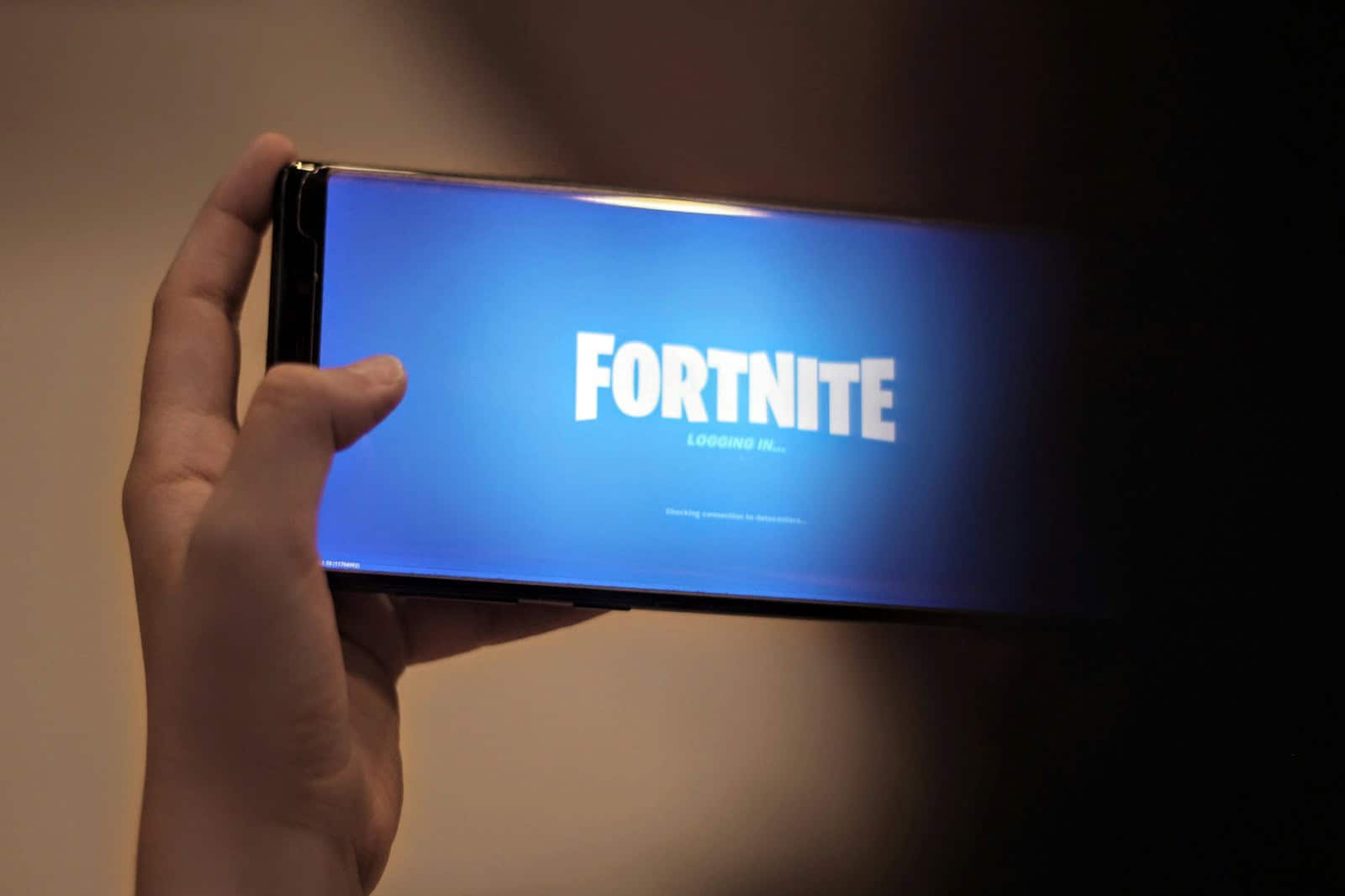Fortnite is STILL an incredibly popular game, with millions of active players and a big impact on culture. The game took off like a rocket when it first came out in 2017 and the constant updates have kept it fresh from day one. When crossover events happen it blows up the internet. When updates come out forums light up. The latest 2024 stats released indicate that Fortnite still has over 230 million active players, which for a game entering it’s 7th year and given the issues with various app stores and such, is jaw dropping.
Epic Games is the developer behind the game and it is hands down the most successful Battle Royale game of all time. The game’s fun gameplay and frequent updates help it keep a large player base. Fortnite is not just a game; it’s a big part of popular culture. It has collaborated with artists like Eminem and had events like LEGO Fortnite, which keep the community engaged and bring in new players. In 2023, Fortnite had a record-breaking 44.7 million players in a single day, showing that it remains powerful in the gaming industry.
Fortnite’s Popularity and Player Base: A Current Snapshot
Fortnite’s Original Release Date
Fornite was initially announced in 2011 and was officially launched on July 25, 2017, with the Battle Royale mode following on September 26, 2017.

Fortnite’s Player Count in 2024
Fortnite boasts a staggering player base, with estimates exceeding 400 million registered users. The game’s popularity has fluctuated over time, but it consistently ranks among the top played games globally. While the exact number of active players fluctuates, reports suggest an average of around 230 million monthly active players in early 2024.
Fortnite’s Revenue and Engagement
Fortnite’s financial success is undeniable. In 2021, the game generated $5.8 billion in revenue for Epic Games. This revenue stems from in-game purchases, battle passes, and collaborations with brands and artists. The average US player reportedly spent over $100 on Fortnite in 2020, highlighting a dedicated player base willing to invest in their gaming experience.
Demographic Breakdown
Fortnite appeals to a broad audience, but young adults aged 18-24 represent the majority of its player base. This demographic’s engagement contributes to the game’s vibrant online community, where players create and share content, participate in tournaments, and connect with fellow gamers.
Fortnite’s Cultural Impact
Fortnite has transcended gaming and become a cultural phenomenon. Its influence extends to music, fashion, and even language. The game’s emotes and dances have become popular trends, and its collaborations with celebrities like Travis Scott and Ariana Grande have attracted mainstream attention.
Fortnite’s Future Outlook
Despite fluctuations in popularity, Fortnite’s player base remains substantial. The game’s developers continue to innovate, introducing new game modes, events, and collaborations to keep the experience fresh and engaging. While its future is uncertain, Fortnite’s current popularity suggests it will continue to be a major force in the gaming world.
Fortnite’s Popularity by Platform
| Platform | Popularity |
|---|---|
| PC | High popularity, particularly among hardcore gamers and esports enthusiasts. |
| PlayStation | High popularity, with a large player base across various age groups. |
| Xbox | High popularity, similar to PlayStation, with a dedicated community. |
| Nintendo Switch | Moderate popularity, primarily among younger players due to the console’s portability. |
| Mobile | Declined significantly after removal from app stores, but still played in regions where it’s available. |
Key Takeaways
- Fortnite has over 230 million active players in 2024.
- The game features high-profile collaborations and unique events.
- Fortnite set a record with a peak of 44.7 million players in one day.
Gameplay and Popularity Metrics
Fortnite has gained an immense following due to its engaging gameplay and accessibility across multiple platforms. Let’s explore the different aspects that contribute to its popularity.
Battle Royale Phenomenon and Player Engagement
Fortnite’s battle royale mode has become a cornerstone of its success. Up to 100 players compete on a constantly shrinking map, driving high replayability and intense gameplay. The excitement of being the last one standing keeps players coming back.
Key Metrics:
- Player Count: Fortnite has a fluctuating player base, with millions playing daily and large spikes during special events.
- Streaming Platforms: On Twitch and YouTube, top streamers attract thousands of viewers, boosting overall engagement.
- Wins and Kills: Performance metrics like wins and kills are major bragging rights within the community.
Fortnite Across Platforms
Fortnite’s availability on various platforms has expanded its reach. Players can jump into the game on PlayStation, Xbox, PC, Mobile, and Nintendo Switch. This cross-platform support lets friends play together regardless of their device, enhancing player retention.
Platform Insights:
- Gaming Consoles: PlayStation and Xbox users enjoy optimized performance and exclusive content.
- PC: Offers precision in controls which many competitive players prefer.
- Mobile: Allows for on-the-go gaming but with simplified mechanics.
- Cross-Platform Play: Facilitates a larger, more active player base.
Seasonal Updates and Content Evolution
Fortnite stays fresh with frequent updates and new seasons. Each season brings new maps, skins, weapons, and in-game events. This continuous evolution keeps the gameplay engaging and dynamic, providing players with fresh content regularly.
Season Highlights:
- New Weapons: Introductions each season change gameplay strategy.
- Skins: Exclusive skins appeal to many players, adding personalization layers.
- Map Changes: Regular map updates prevent the gameplay from becoming stale.
- Creative Mode: Allows users to create their own maps and games, fostering community creativity.
By focusing on these key areas, Fortnite continues to captivate millions of players worldwide.
Cultural Impact and Industry Influence
Fortnite has made a significant mark on both the gaming industry and popular culture. Key elements include extensive media coverage, notable collaborations, and unique monetization strategies.
Media Coverage and Notable Collaborations
Fortnite’s presence in the media is vast. Streamers have catapulted the game to fame with live streams and videos. Collaborations with celebrities like Travis Scott and brands such as Marvel have further amplified its reach. Live events within the game, including virtual concerts and movie trailers, attract millions. These events integrate pop culture directly into the game, creating unique experiences.
Comparative Analysis with Competitors
When compared to competitors like Apex Legends, Minecraft, Call of Duty, and PUBG, Fortnite stands out. It offers a Free-to-Play model with optional purchases. Apex Legends shares a similar model but lacks the same cultural footprint. Minecraft’s creativity and longevity are notable, but its gameplay differs. Call of Duty and PUBG focus on realism and military tactics, unlike Fortnite’s vibrant, cartoonish style. Fortnite’s continuous updates and live events help maintain player interest, setting it apart.
Monetization Strategies and Economic Performance
Fortnite generates revenue through the sale of V-Bucks, its in-game currency. Players use V-Bucks to buy skins, emotes, and passes. Its economic model relies on cosmetics, not pay-to-win mechanics. This approach keeps gameplay balanced. Fortnite’s earnings are significant, with billions in revenue. The game consistently ranks high in download numbers and active accounts. Regular updates and new cosmetic items keep players returning, ensuring steady income.







